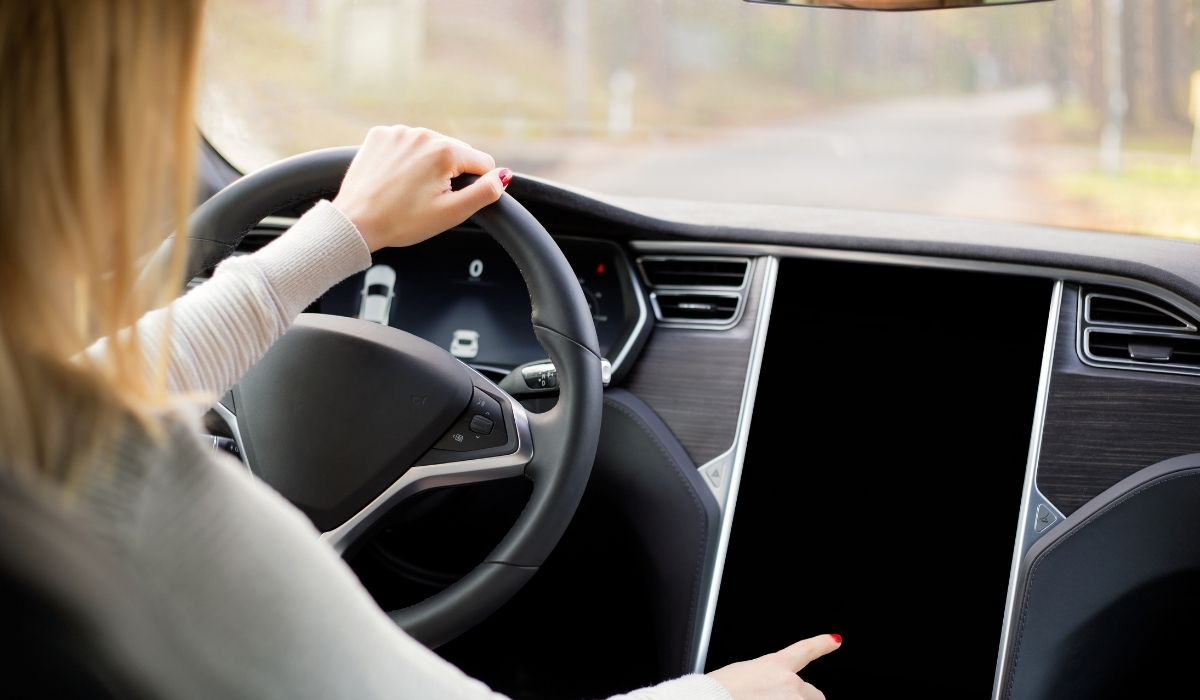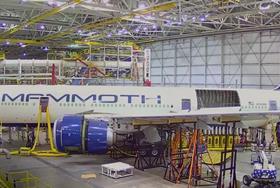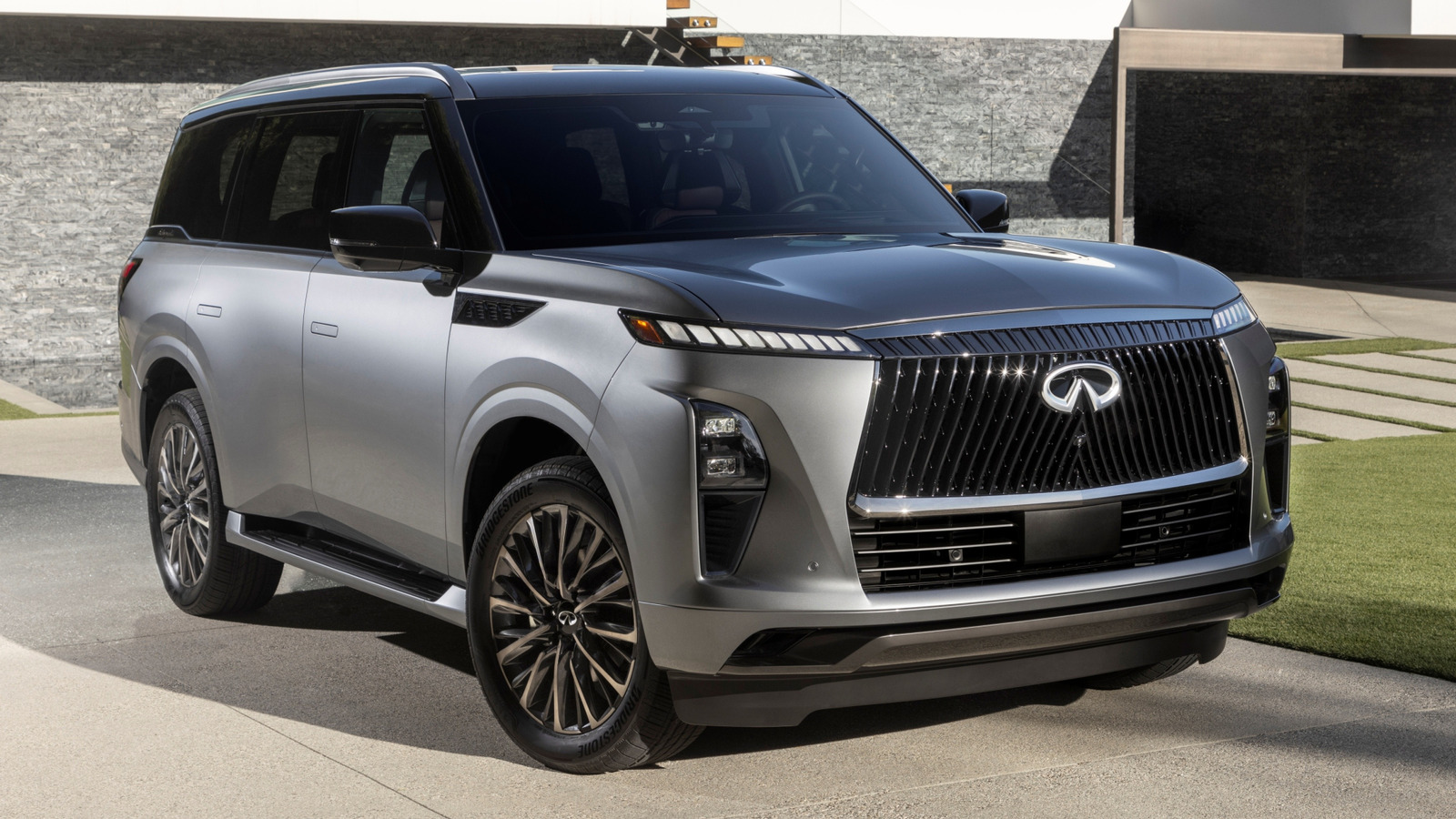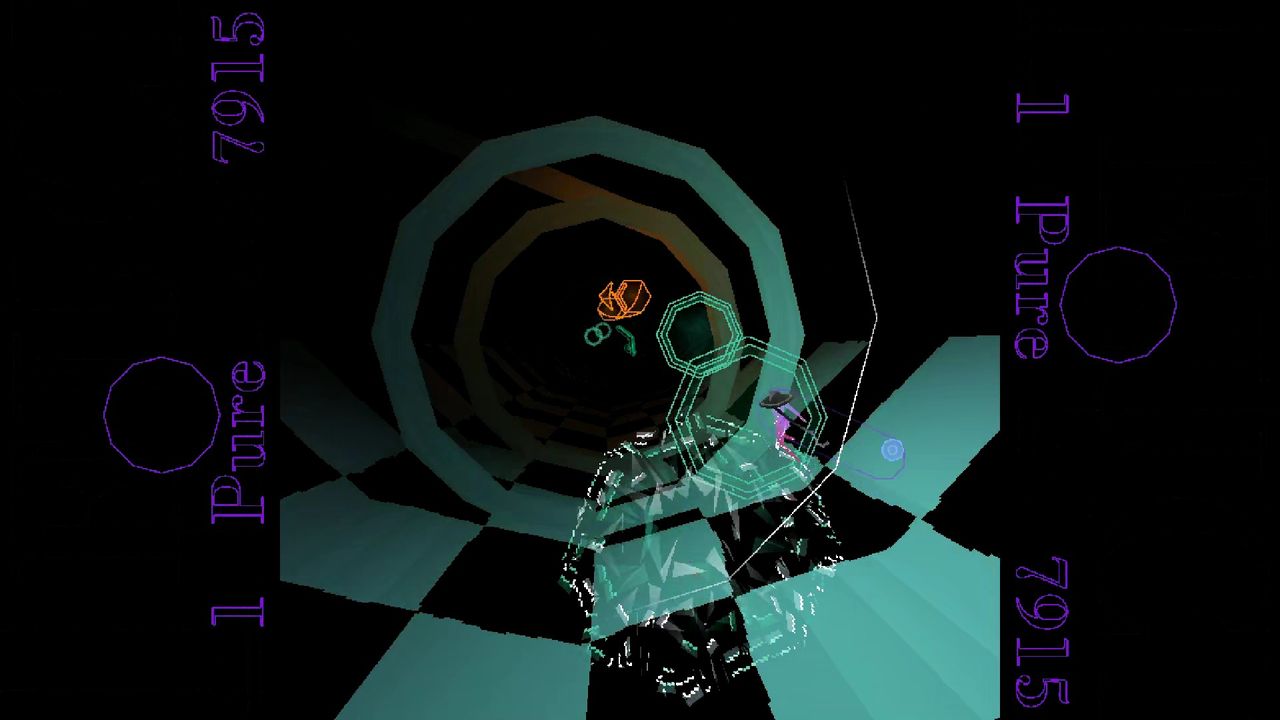Tesla has launched a new initiative called “Tesla Ride,” allowing drivers in several U.S. regions to experience the company’s supervised Full Self-Driving (FSD) technology and its Grok AI assistant during real-world trips. Participants can take the wheel, accompanied by a Tesla Advisor, to explore the capabilities of FSD while interacting with in-car AI features. This program aims to address public curiosity and skepticism surrounding Tesla’s semi-autonomous technology through tailored demonstrations.
Participants must present valid driving credentials and schedule their sessions in advance, which can last up to 45 minutes. As the automotive industry increasingly focuses on driver assistance and AI integration, the introduction of this program highlights the significance of public understanding of FSD in promoting wider adoption.
Enhancing Understanding of FSD Through Direct Engagement
Previous marketing efforts by Tesla regarding FSD primarily included in-store presentations and limited test drives with staff. These earlier approaches often allowed users to passively observe the technology without fully grasping its real-world applications. The “Tesla Ride” initiative differentiates itself by actively involving participants, underscoring the necessity for continuous human supervision despite advancements in software.
Sessions begin with participants in the driver’s seat and a Tesla Advisor providing hands-on instruction and real-time feedback on FSD operations. The advisor explains various settings, safety protocols, and routes while addressing any questions from the rider. Participants also engage directly with the Grok AI, which responds to inquiries and narrates aspects of the trip, enhancing the overall experience.
Tesla requires advance booking, a valid driver’s license, and proof of insurance to ensure responsible participation. This structured approach not only facilitates an interactive learning environment but also emphasizes the importance of safety.
Prioritizing Safety and Consumer Feedback
Safety remains a top priority for Tesla throughout the Ride program. The company makes it clear that FSD must be supervised at all times and that its vehicles are not fully autonomous. Senior Vice President Tom Zhu emphasized this directive, stating, “The prime directive for the autopilot system is: Don’t crash. That really overrides everything.” The presence of a Tesla Advisor ensures strict oversight during sessions, reflecting the company’s commitment to minimizing risks while showcasing the potential benefits of FSD.
The “Tesla Ride” program is now available across several states, including Michigan, Virginia, Illinois, Nevada, and California, with scheduled sessions continuing into December 2025 in some areas. Tesla is actively monitoring participation and feedback to evaluate the program’s effectiveness and gauge public sentiment toward its technology. This initiative comes at a time when scrutiny of autonomous driving claims is intensifying, with regulatory bodies and industry observers closely evaluating claims made by automakers.
Tesla’s messaging remains cautious, stating, “No matter what the lines say or how the road is done, the thing that needs to happen is minimizing the probability of impact while getting you to your destination conveniently and comfortably.”
The format of “Tesla Ride” provides drivers with a firsthand experience of FSD supervision and the interactive Grok AI. By inviting active engagement and guided feedback, this initiative marks a significant shift from previous passive test-drive strategies. By establishing clear limitations, such as the requirement for supervision and time constraints, Tesla addresses both regulatory and consumer safety concerns while gathering valuable data on user experiences.
For individuals interested in participating in “Tesla Ride,” it is essential to review eligibility requirements, session limitations, and local availability to maximize the value of their experience. Tesla’s approach highlights the importance of direct engagement and transparent communication in increasing awareness and acceptance of FSD technology among potential users.







